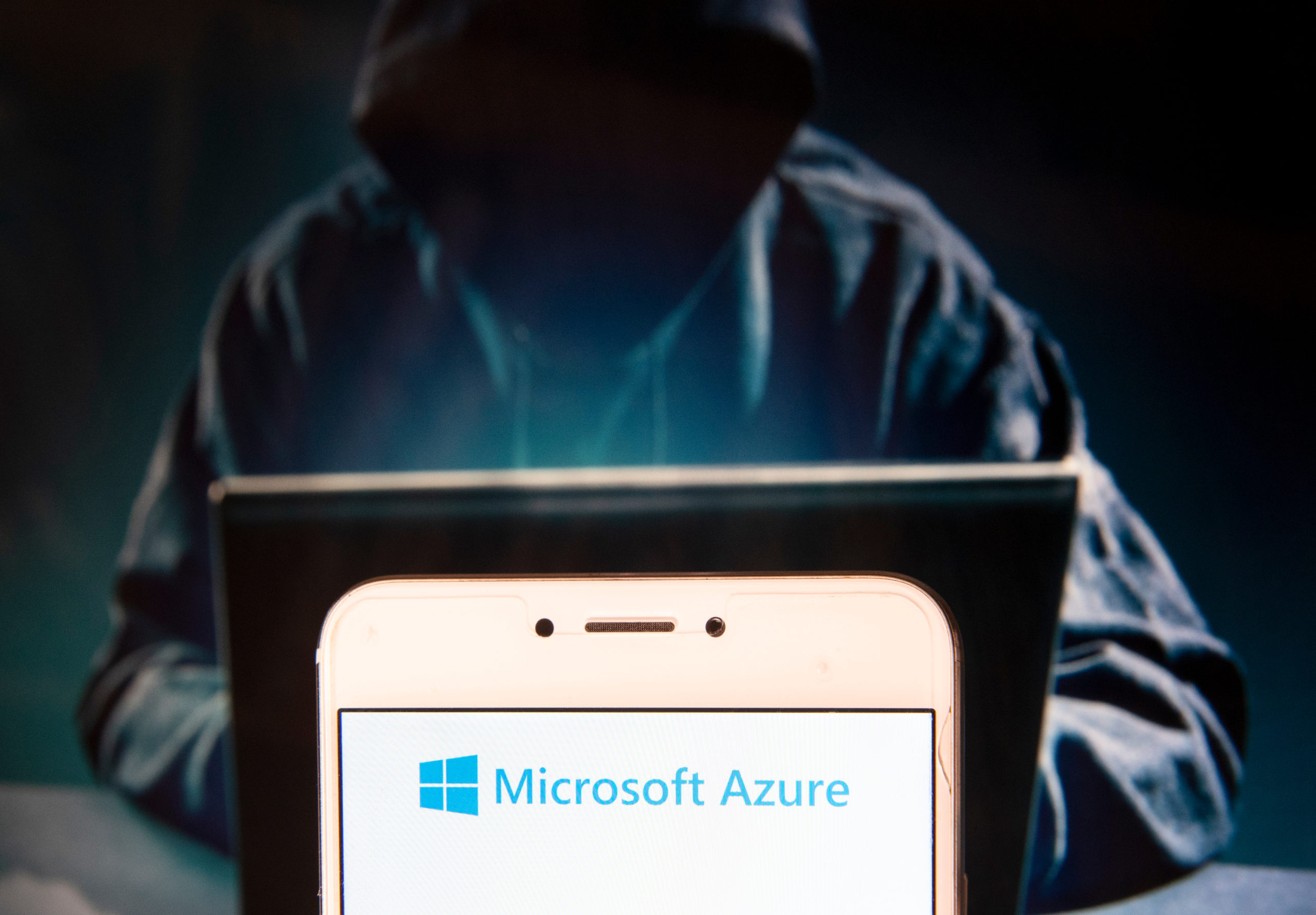Elevating Your Organization's Security with Cloud Security Assessments
As cloud technologies become increasingly integral to business operations, the need for robust security in this domain has never been more pressing....
These are some notes I took at TechEd a couple of years ago.
7 Steps to Secure Environment:
10 Immutable Laws of Security Patch Management
As cloud technologies become increasingly integral to business operations, the need for robust security in this domain has never been more pressing....

Enforcing Passwordless Logins with AADJ Windows 10 and Endpoint Manager (Intune) In the last blog post, we enabled FIDO2 security key logins with...

Microsoft Cloud App Security continues to impress our customers and us with its capabilities! I’ll abbreviate it as MCAS, because anyone who works in...